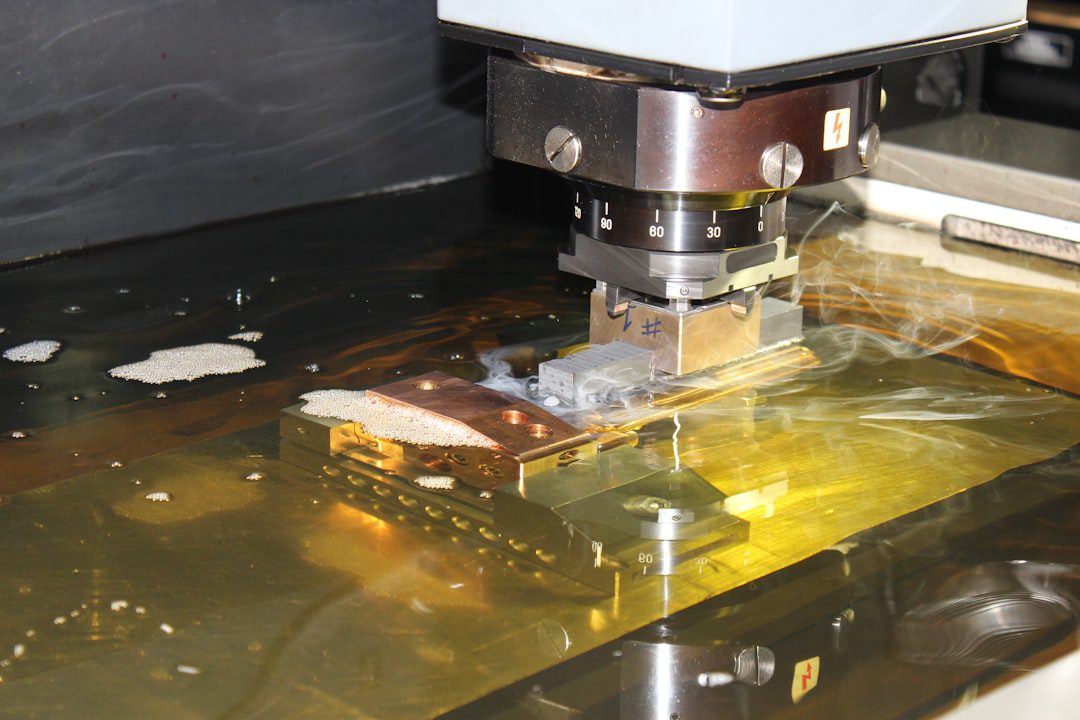
Understanding the April 2025 Medical Device Recall Landscape
April 2025 marked a notable shift in the medical device recall landscape, with only one recall appearing on the FDA’s public-facing webpage – a significant decrease from typical monthly volumes. The sole recall involved an accessory for Abbott’s HeartMate II and HeartMate 3 left ventricular assist devices (LVADs), highlighting both the criticality of device accessories and the importance of comprehensive post-market surveillance.
Abbott HeartMate Accessory Recall: What Happened
The recall affects accessories associated with Abbott’s HeartMate II and HeartMate 3 systems, two of the most widely used LVADs for patients with advanced heart failure. While specific details of the defect require further FDA documentation review, accessory recalls in LVAD systems typically involve:
- Battery or power management components
- External system controllers
- Connection cables or interfaces
- Monitoring equipment accessories
LVADs are Class III medical devices requiring the most stringent regulatory oversight due to their life-sustaining nature. Any accessory malfunction can potentially compromise patient safety and device functionality.
Why This Matters to Medical Device Manufacturers
The significantly reduced recall volume in April 2025 presents several important considerations for manufacturers:
Seasonal Trends and Reporting Patterns
Monthly recall variations often reflect seasonal manufacturing patterns, reporting cycles, and FDA processing timelines. Manufacturers should not interpret low-recall months as reduced regulatory scrutiny but rather as opportunities to:
- Conduct proactive quality reviews
- Enhance post-market surveillance activities
- Review and strengthen supplier quality agreements
Accessory and Component Oversight
The Abbott recall underscores the critical importance of accessory quality management. Under FDA regulations, device accessories often require separate 510(k) clearances and must meet the same quality standards as primary devices.
Compliance Actions for Medical Device Manufacturers
Strengthen Post-Market Surveillance Programs
Manufacturers should leverage periods of lower recall activity to enhance their post-market surveillance systems:
- Review customer complaint trending analysis
- Conduct supplier audits for critical components
- Evaluate risk management documentation per ISO 14971
- Update recall procedures and communication plans
Accessory Quality Management
Given the accessory nature of this recall, manufacturers should:
- Map all device accessories and their regulatory classifications
- Ensure supplier quality agreements cover accessory components
- Implement robust incoming inspection procedures
- Maintain traceability records for all accessory lots
Proactive Risk Assessment
Use low-recall periods to conduct comprehensive risk assessments:
- Review design controls for accessories and components
- Evaluate manufacturing process controls
- Assess packaging and labeling adequacy
- Update clinical evaluation and post-market studies
Regulatory Compliance Recommendations
Medical device manufacturers should maintain consistent quality management practices regardless of recall trends:
Immediate Actions: Review current products for similar accessory risks, update complaint handling procedures, and ensure recall communication plans are current.
Long-term Strategy: Implement enhanced supplier oversight, strengthen design controls for accessories, and develop comprehensive post-market surveillance capabilities that exceed minimum FDA requirements.
The reduced recall activity in April 2025 provides manufacturers with an opportunity to proactively strengthen their quality systems and prepare for potential future challenges. By focusing on accessory quality management and comprehensive risk assessment, manufacturers can better protect patient safety and maintain regulatory compliance.


No comments yet. Be the first to comment!